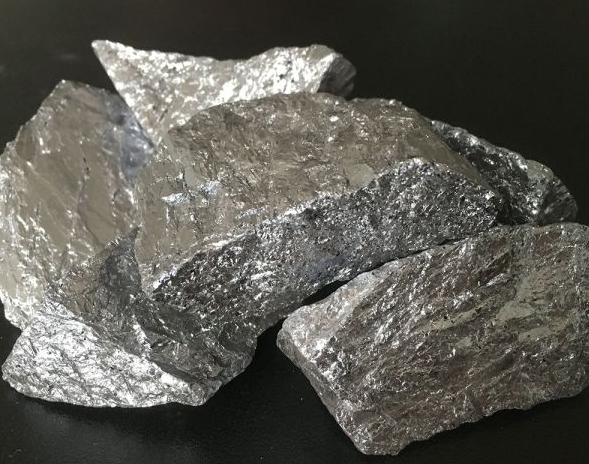
Calcium is an essential element in steel production, and its presence can significantly impact the mechanical properties of steel. The controlled addition of calcium during steelmaking processes allows for the modification of steel's microstructure and enhances its performance. This article explores the relationship between calcium and steel properties, highlighting the effects on strength, ductility, toughness, and other key mechanical characteristics.
The addition of calcium to steel can promote grain refinement, leading to improved mechanical properties. Calcium forms complex compounds with oxygen and nitrogen, reducing their solubility in the steel matrix. As a result, the formation of oxide and nitride inclusions is suppressed, leading to finer grain structures. Finer grains contribute to increased strength, better fatigue resistance, and enhanced overall mechanical performance of the steel.
Calcium also plays a crucial role in enhancing the strength and hardness of steel. The presence of calcium in solid solution strengthens the matrix, reducing dislocation movement and improving the material's resistance to deformation. Furthermore, the formation of precipitates, such as calcium sulfides or carbides, can increase the hardness of steel. By carefully controlling the amount of calcium added, steelmakers can tailor the strength and hardness properties to meet specific application requirements.
While calcium can enhance strength, it may have contrasting effects on ductility and toughness. Excessive calcium content can cause embrittlement and reduce the ductility of steel. This is particularly relevant in high-strength steels where calcium-rich inclusions can act as crack initiation sites. However, when added within appropriate limits, calcium can contribute to improved toughness by refining the microstructure and reducing the size of detrimental inclusions.
Calcium also influences the machinability of steel. High levels of calcium can promote the formation of soft inclusions, such as calcium sulfides, which improve the chip-breaking ability during machining processes. This results in reduced tool wear and improved surface finish. However, excessive calcium content can lead to the formation of large and hard inclusions, negatively affecting machinability. Therefore, a careful balance is required to optimize both strength and machinability properties.
The addition of calcium can have a significant impact on the corrosion resistance of steel. Calcium inclusions can act as nucleation sites for corrosive reactions, increasing the susceptibility to localized corrosion. However, the proper control of calcium content, along with the presence of other alloying elements, can enhance the formation of protective oxide films, improving the overall corrosion resistance of steel.

Optimizing the calcium content in steel requires careful consideration of the desired mechanical properties and the specific application requirements. Steelmakers must strike a balance between the desired strength, ductility, toughness, and machinability characteristics. Detailed analysis, testing, and process control are essential to achieve the optimal calcium content that meets the desired performance objectives while ensuring the overall integrity and reliability of the steel.
Calcium significantly influences the mechanical properties of steel, with effects on grain refinement, strength, ductility, toughness, machinability, and corrosion resistance. The controlled addition of calcium allows steelmakers to tailor the microstructure and properties to meet specific application requirements. However, an appropriate balance is crucial, as excessive calcium content can lead to embrittlement and other detrimental effects. By understanding the relationship between calcium and steel properties, manufacturers can optimize their steel formulations and ensure the production of high-quality, high-performance materials.

Write a Message